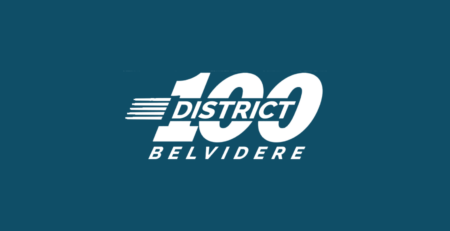Possip Reporter and Tennessee AP teacher, Savannah Staley, has provided us with solutions for your curriculum!
Top 5 Trends Breakdown:
1️⃣ Solutions for Communication
2️⃣ COVID Safety Measures
3️⃣ Bully and Student Discipline Solutions
4️⃣ Car Line and Transportation Solutions
5️⃣ Solutions for Curriculum
Curriculum: Engage parents!
Curriculum Feedback was in the Top 5 feedback trends that parents shared with schools and districts over the 2021-2022 school year.
Parents care about what their kids learn – and how they learn it. They have opinions and ideas as well. Teachers are experts on what they teach, how they teach it, and why their subject matters.
How can schools help parents learn about – and give input to – what their kids learn? How can teachers and districts share their knowledge and expertise?
We’ve got some tips!
1. Give Parents Information!
Parents should know that what their child’s school or district teaches, and why they teach it. What is taught varies widely across the United States. As a Texas middle schooler I had a year of Texas History in 7th grade. Surely none of the other 49 states offer Texas history :).
2. Don’t Leave Parents to Fill in the Blanks
Though news outlets are national – what is taught and how it is taught is very local. Sometimes parents assume their child’s school is teaching something that may – in actuality – not be taught.
Therefore, when schools and districts don’t give parents information – they are left to fill in the gaps. While in the past, many students came home with textbooks that parents could use as a guide or understanding of what their child was learning, that’s rarely the case now.
Some best practices in giving parents information include:
3. A Semester Syllabus:
Another particularly helpful item for parents of high schoolers: give parents a syllabus or map for what their child will learn over the course of the year.
4. Public Links to the Standards or Textbooks:
Sometimes it’s hard to provide a lot of detail – but even sending parents information with links to the standards their child will be learning can be helpful. Put this information in multiple places – your Facebook page, School websites, District websites, and as a standing corner in your routine newsletters.
5. Book Lists:
Especially depending on the age, parents are curious about what their child is reading. Parents have different levels of comfort with some material – and even more so if they are caught off guard with questions their child may ask them. The more you can give them information about the books that will be read up front, the better opportunities they will have to share any questions, connections, or ideas about the book list. For more on why it’s important to engage parents with their children’s reading, click here.
6. Curriculum List:
Share the name of the curriculum you are using – and if the curriculum is teacher or school-created, let parents know that. Parents may want to look up the curriculum to learn more.
7. Remediation and Acceleration Opportunities:
Give parents information about how they can best remediate or accelerate at home. Parents don’t always expect the school to provide every opportunity for their child to get additional support. However, without information about what their child is learning or should know, it’s hard for parents to find opportunities to support their child with additional supports.
8. Videos:
Teachers could create a 2-5 minute video talking through what kids will learn in their class this year, how they will learn it, and what role parents can play in helping their child learn. Particularly during the pandemic virtual schooling era teachers did great videos showing parents what their child was learning, so that parents could support them as well.
9. Get Information Too
It’s always best to give information when you also know information, and learn from parents. What do they care about? What would they like to see their children learn? Additionally, how would they like to see their children learn? What assets or expertise might parents have to offer to your curriculum and learning environment? By knowing and understanding what your parent community wants to see in the curriculum, you can best know what to communicate to them about – and how you can adjust your curriculum expectations.
Watch our quick deep dive into the curriculum – what it is, and how you can stay engaged at home and best support your children!





